

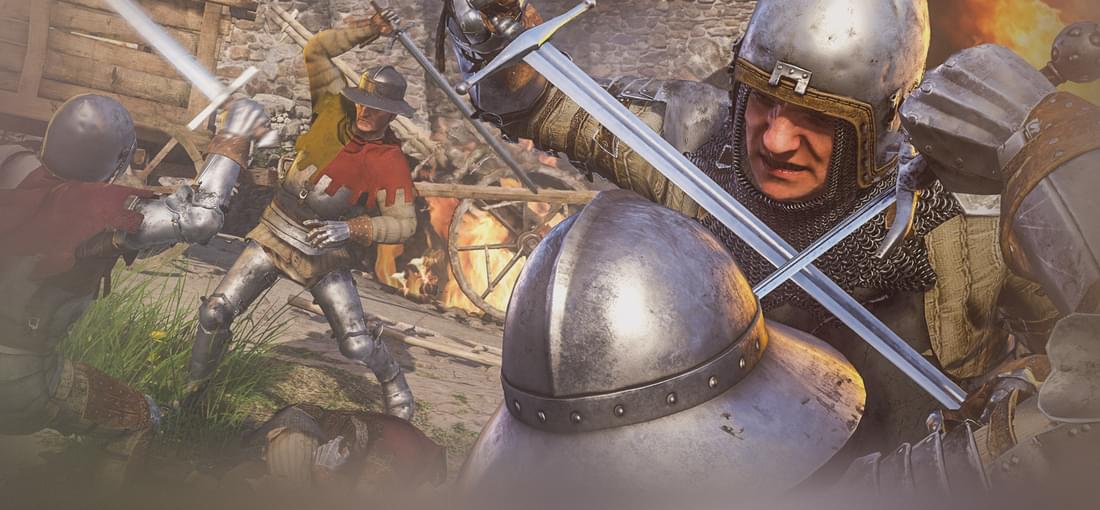
This game is both the most fun I've had in a while and the most annoying, confused creations which know not what they are or what it wants to be. The game is full of Hollywood action, despite the realistic combat. It has lots of pick up stuff of enormous quantities, yet picking up each item is a bespoke animation that gets annoying. It has excellent writing, but pads the writing with fetch quests. I know what they were trying to go for and I welcome it. Though I have a few tips about the implementation. If you want to give your users multiple ``Find X'' quests, and have the confidence to not also give them quest markers, you need to commit to it. Half of the game has a compass pointing you at the quest, the other half, follows in the best traditions of morrowind and gives you only a vague idea of what's supposed to happen or the geography. This is awesome if executed correctly, and unfortunately, KC:D makes a few vital mistakes. I particularly find that the journal entries are insufficiently detailed to give you the level of detail needed for you to just be able to turn off the compass and go at it. Warhorse have an excellent idea on their hands, and I wish them good luck on their next game. I wish I could rank it higher, but lack of polish given the attention to detail in many areas was just… for lack of a better word, killing the immersion. I enjoyed the game, more than I expected and certainly more than many other games.
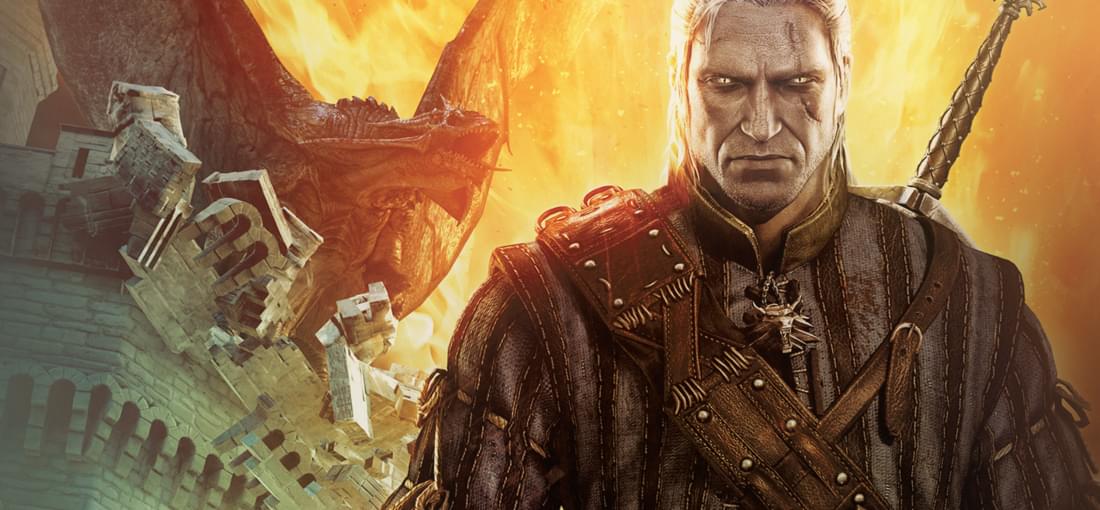
This is a fun game. Some people might assume from the presence of combat, rolling blocking and many other hack and slash adventures that the witcher 2 is more akin to hack and slashers like Dark Souls or Lords of the fallen. Indeed, association with Bandai Namco can give you that impression. However, this is a story-driven game with some combat to break up the boredom, much like the first witcher. Why? Combat is a nerve wracking dice roll. It's unresponsive, clunky and as opposed to Dark Souls, completely unfair. The beginning of the game you are a wuss. You can fight, but you deal very little damage, take a ton, and can only use signs once every minute. But that's the point. You shouldn't engage in combat, magic is of limited use, and planning is everything. Traps deal excessive damage, knives are far more effective than igni, and once you get past the first few missions, you'll have a witcher that can actually deal some damage. In fact, even on Dark, if you don't die within Flotsam, you can beat the rest of the game without ever coming close. The game forces you to think deliberately about what you want to do: you need to meditate before each engagement, to plan, to stock up, equipment accounts for your usual progression, because witcher skills are few, far between and not strictly for that purpose: they're more tactical opportunities rather than incremental upgrades. I love it.One of the main reasons why I bought this game after pirating it a long time ago. A nice bonus is that this game tried to go out of its way to be as visually impressive as possible. It has a lot of nice touches, like hidden loading screens that don't even show up on an SSD. It has one of the few non-ENB implementations of Bokeh (which admittedly looks far too intense and is sometimes too distracting), and Ubersampling: it renders two frames in time, and takes the average of the pixel colour, which naturally halves your FPS. It's surprisingly less efficient than 4x supersampling.
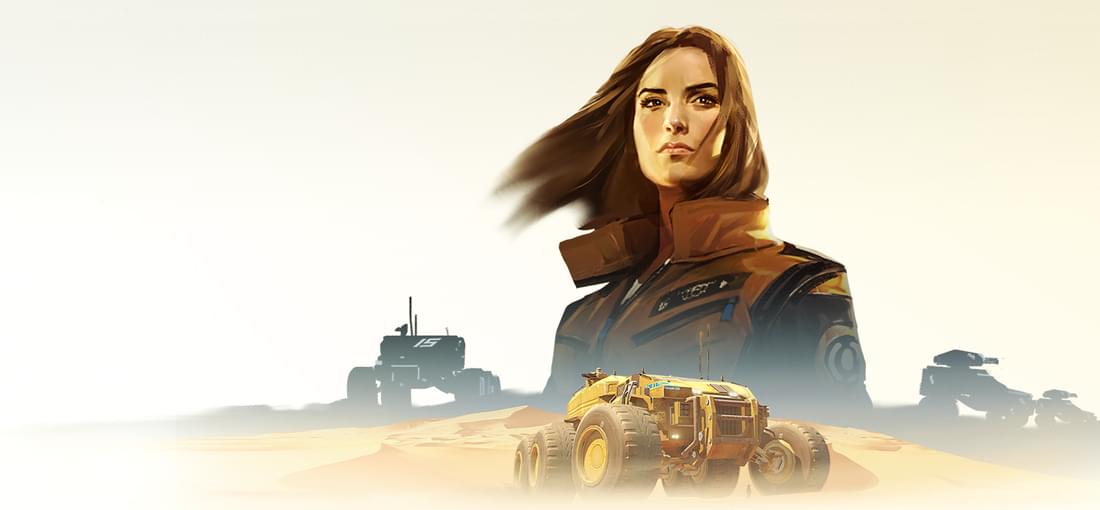
As some people may know this game was never intended to be a prequel to the Homeworld Franchise. It was a simple game about scavengers on a desert planet. And mechanically it's exactly that. This game, while missing some of the tactical depth of the Homeworld franchise, has one up on them in terms of the twists and turns and simple strategic differences. This game plays very different from HW, it's a 2d strategy with scarce resources, and an incentive to keep your units alive for as long as possible. The game is a rare example of ludonarrative coherence: the units look and feel like repurposed mining tools. The shipbreaking is the only way of obtaining resources, and you don't have that many of the latter. The factions are very different, from each other. The Gaalsien give you the HW2 experience of building as many production vessels as possible, the SJet Coalition have the HW1 approach of multiple production lines per carrier. Needless to say, in order to succeed, the two need to do very different things. I only wish that some of the quality of life improvements were to be carried over to the future releases, and that this game isn't the last one the franchise. Hopefully this cult classic is still kicking.
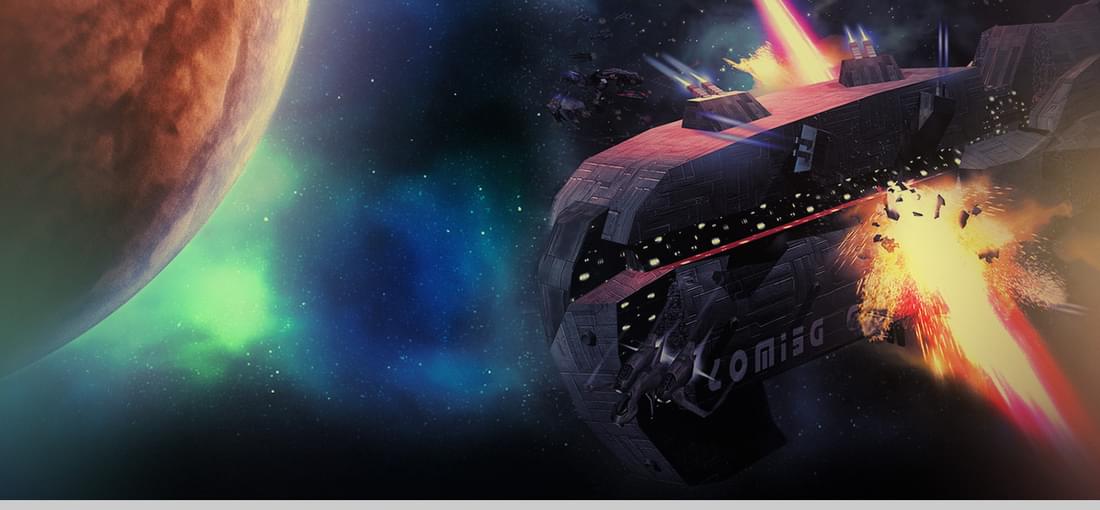
Played this game when I was a kid. Played it in school, played it two years ago, played it now. Never gets old. The Vanilla game is fine, if you want 1080p and some other goodies, like speech commands (albeit basic ones), get the Open-Source re-implementation from Hard light. The game is better played on a controller. You simply can't pull up with a mouse for so long. The game is immersively challenging. You don't have access to anything that your avatar wouldn't have access to. Each mission, you need to beat in one go, no saves scumming. You can get in trouble for things that other (non-Deus ex) games wouldn't notice, and when you've managed to pull off the optional stuff you do feel like you've accomplished something. You, essentially, feel like a pilot stationed at Vega. The gameplay systems are well rounded, and well balanced. To survive the end-game, you need to master all of them, and also adeptly trick the AI. Overall, give a try, and persist. The game is tough, but fair.
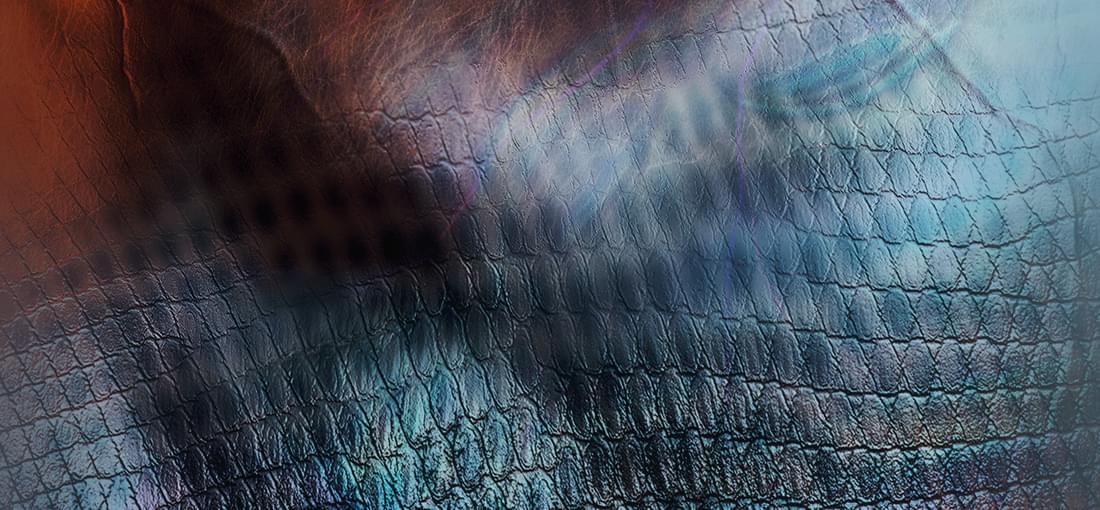
The remaster is a carbon copy of the original Turok 2 with some sensible improvements (1080 resolution, Object markers), and some not so sensible ones (SSAO, Screen Space reflections, and other fancy stuff that further highlights the low resolution textures and low poly models. This doesn't include the Linux version, even though a Native port by Icculus exists. So one star off the review. Next, although it pains me to say it, this game isn't muc fun to play. It has by far the tightest controls, the most fluid animations and the most impressive gore one could find. It has crazy guns galore, they are well-animated. The game, while textures and models have aged poorly, actualy looks impressive. At the time this was the best you could find. But... the game isn't fun. For me, at least, is the shallow game design. It's clever, and well-made, but very frustrating. The game is a collectible hunt: you need to find 3-6 keys to unlock a new level, you need to find a feather, then find a warp portal and get a talisman, so that you can find another 6 keys to unlock the final boss. To compound the issue, the locations of those items are not well-telegraphed, you're constantly trying to keep a comprehensive map of the entire world, so that you don't lose track of the keys/feathers. And to compound all that, the art style is far too drab to keep track. You could get away with maze-like worlds, if the areas have distinct purpose, and have few tunnels. To compound the issue - unskippable cutscenes, that basically tell you "These bad guys have no remorse, go commit genocide", or "Greetings Turok, how can I waste your time?". Way worse is the gunplay. It has all the nominal features of good gunplay - good Sounds, good impact, ridiculous over-the-top gore. But... it feels off. Mainly because you're tanky, and avoiding damage isn't ever a requirement, Guns, while can occasionally blow off a dino's head off in one shot, often struglle killing the smallest things.
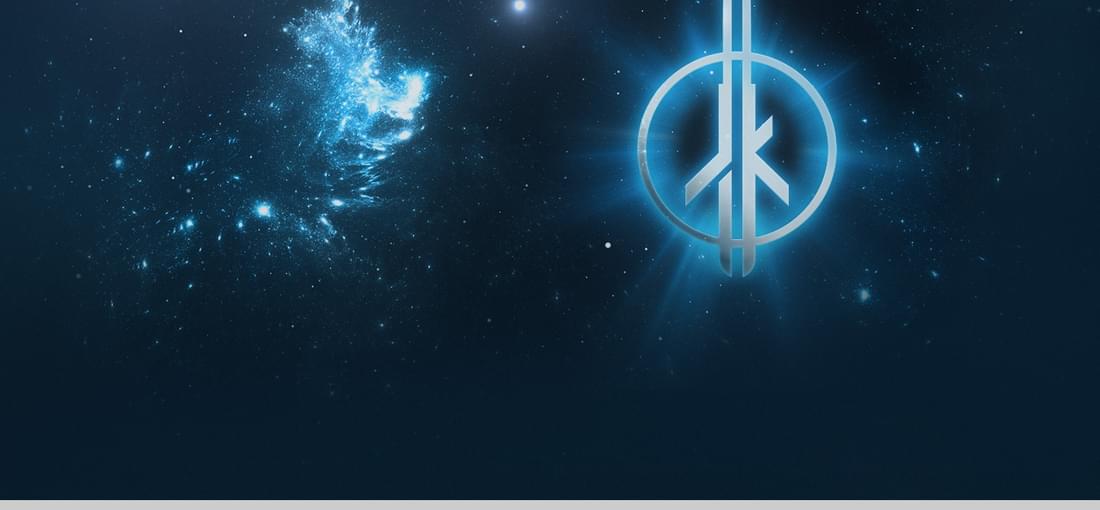
If you want to feel like a jedi, there's no substitute. Grab your lightsaber, go into 1-st person view and go hack some stormtroopers. The game is Old school. It starts off hardcore, and never lets up. It's a game as much about thinking as it is about carefully planning your attack and letting 'em reborn have it. This is a game of skill, wit and keyboard acrobatics. It's infinitely replayable and serious fun.